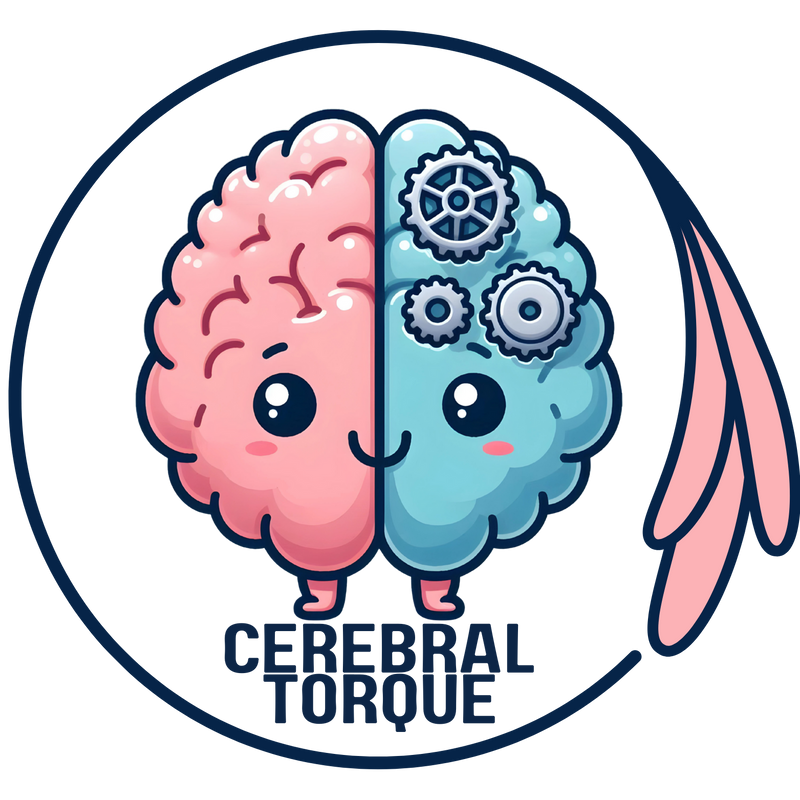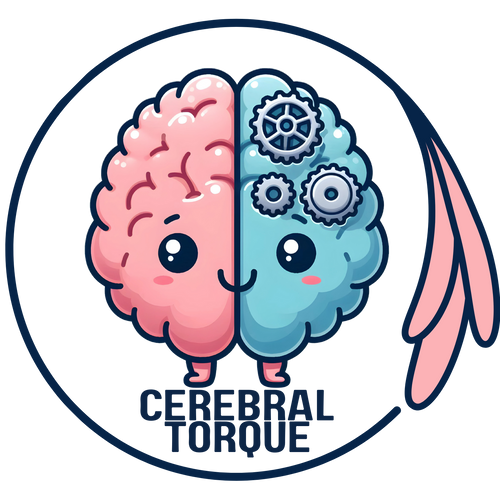Dr. Elizabeth (Betsy) Seng, PhD on the Topic of Best Exercise Options for People with Migraine (Migraine World Summit - Day 1)
Posted on March 07 2024,

These are answers to key questions. This is not affiliared with Migraine World Summit or the lecturer! We highly encourage you to visit https://migraineworldsummit.com for the full video!
Key Questions for Dr. Elizabeth (Betsy) Seng, PhD on the Topic of Best Exercise Options for People with Migraine
Migraine World Summit - Day 1
Key Questions:
- Why is daily movement just as important as strength training and aerobic exercise?
Daily movement, even if not reaching aerobic levels, is important to reduce sedentary behavior which is unhealthy. Most of our caloric expenditure actually comes from daily living activities rather than dedicated exercise time.
- How does biofeedback help with exercise?
Biofeedback like heart rate monitors can show if you are truly reaching the desired aerobic or target training zones. This helps ensure you are exercising at the appropriate intensity.
- How can exercise physiologists help us get a fresh start with exercising?
Exercise physiologists can provide expertise in properly starting and progressing an exercise program, demonstrating proper form to avoid injury, and structuring a routine appropriate for someone just beginning.
- What is the best way to change a sedentary lifestyle?
Start with extremely achievable goals you are 100% confident you can do the next day, then gradually increasing from there. Building self-efficacy is key.
- What is behavioral activation?
Behavioral activation refers to the concept that simply getting out of your house and doing activities, including exercise, is one of the best treatments for depression.
- What are some of the physical benefits of exercise?
Benefits mentioned include improved metabolism, strength, cardiovascular fitness, stress hormone regulation, endorphin release, and aiding longevity as we age.
- What are some tips for starting a new exercise routine?
Tips include using biofeedback, having someone demonstrate proper form, setting very achievable initial goals, and gradually increasing difficulty.
- What is the best way to set exercise goals?
Start with goals you are 100% confident you can achieve tomorrow, not loftier goals for a week or month away. This builds self-efficacy.
- What is self-efficacy?
Self-efficacy is your own perception of whether you can do something, even if not objectively true. Having self-efficacy makes you much more likely to actually do an activity.
- What is an effective but realistic way to schedule exercise if you have migraine disease?
Double the number of potential exercise windows, so if you get a migraine attack you can simply reschedule without missing out completely.
- Why are neck exercises so important if you have migraine disease?
People with migraine often have very poor neck/trapezius flexibility and tightness, so stretching those muscles can provide great benefit.
- How should you exercise during a migraine attack?
For most it will worsen the attack, but a small subset find exercise distracting and beneficial during attacks if already very active.
- What is the best way to deal with setbacks in your exercise routine?
Recognize that slips happen, but don't let that make you slide all the way back to complete inactivity. Be self-compassionate about lapses in the routine.
Sat, Dec 20, 25
Eptinezumab (Vyepti) Desensitization Protocol
First-ever eptinezumab (Vyepti) desensitization protocol for migraine patients with hypersensitivity reactions. 10-step hospital-based approach proven safe and effective.
Read MoreWed, Dec 17, 25
Migraine Management During Pregnancy, Breastfeeding, and Pregnancy Planning
This guide provides comprehensive, evidence-based recommendations for migraine management throughout the reproductive journey.
Read MoreMon, Nov 17, 25
Migraine Research - During the week of my absence.
Migraine Research - During the week of my absence. The Association Between Insomnia and Migraine Disability and Quality of Life This study examined how insomnia severity relates to migraine disability...
Read More


